Restoration Commission: Perfecting the Frame of a Ceramic Nativity Icon
Some projects push your patience and skills to the limit, and this restoration commission is one of them! After reconstructing the missing frame section of this fragile ceramic Nativity icon, I spent the following weekend fine-tuning every little detail—sanding, filling, and priming—to bring it as close to perfection as possible.
If you’ve been following this restoration commission journey, you already know how challenging working with ceramic can be. Unlike resin or plastic, ceramic is fragile, difficult to glue securely, and even harder to blend seamlessly once repaired. But the satisfaction of restoring a beloved piece is well worth the effort!
In this article, I’ll walk you through the next phase of the process—how I refined and strengthened the rebuilt frame section. And if you love restoration projects or miniature painting, don’t forget to check out DressArt3D.com – Unique 3D Printed Painted Miniatures & Merch, where you can support future projects by purchasing exclusive miniatures, t-shirts, and more!
Refining the Rebuilt Frame – Smoothing Out Imperfections
Sanding for a Seamless Finish
Once the clay frame extension had fully dried and hardened, it was time to sand it down for a smooth, natural transition between the new and original sections. The first pass of sanding was rough—I used a coarse 150-grit sandpaper to shape the frame as accurately as possible. However, ceramic and clay are not forgiving materials, and every uneven spot stood out.
After the initial rough sanding, I switched to 400-grit sandpaper for finer smoothing, focusing especially on the curved edges where the new frame section met the original icon. This was an exhausting and time consuming process that takes hours of work but crucial step—if the new section wasn’t perfectly aligned especially with the multitude of arch like sections that compose the inner part of the frame, it would be obvious once painted.
Filling in the Gaps with Car Putty
Despite my best efforts, small holes and uneven areas remained, especially along the edges. This is common in restoration work—no matter how careful you are, there will always be minor imperfections. To fix this, I applied car putty, a material that dries rock-hard and is sandable.
The trick with car putty is applying it in thin, even layers rather than one thick application. After each layer dried, I sanded it down again, repeating the process until the surface was completely smooth.
Strengthening the Frame – Super Glue Trick for Extra Durability
Reconstructing-a-Ceramic-Icon-Frame-@-dressart3d.com
Once the sanding and filling were complete, I took an extra step to harden and reinforce the new frame section—a technique I’ve used in past projects with great success.
H3: Applying a Layer of Super Glue
I brushed a thin layer of super glue over the entire reconstructed clay section. This did two things:
- Hardened the clay further, making it more resistant to chipping or cracking.
- Created a smoother surface for the primer and paint to adhere to.
Super glue seeps into the porous clay, bonding it together into a much tougher structure. However, this must be done carefully—too much glue can cause rough textures, requiring even more sanding!
After letting the glue fully dry, I gave the entire frame one last sanding pass with ultra-fine 600-grit sandpaper to ensure a polished finish.
Priming the Frame – The First Step Towards Blending the Colors for this Restoration Commission.

Perfecting-the-frame-reconstruction-@dressart3d.com_.jpg
With the structure finally complete, it was time for priming—a crucial step that prepares the surface for painting.
Choosing the Right Primer
For this project, I used matte white primer, which served two purposes:
- Thin layers create a smoother transition between materials – Thick primer can add texture, which I wanted to avoid.
- White is easier to blend with ceramic – Since most Nativity icons have a light base color, white primer made it easier to match the final paint layers.
I carefully masked off the rest of the icon to avoid getting primer on the original ceramic, then applied a light, even coat.
Spotting and Fixing Final Imperfections in this Restoration Commission.
Primer reveals everything—any remaining rough spots, uneven textures, or tiny holes instantly become visible once the first coat dries. Sure enough, I found a few minor areas that needed additional hours of delicate sanding and filling.
I repeated the putty and sanding process on these small spots, then applied a second thin coat of primer. Finally, the frame was ready for the next step: color matching and painting—which I’ll cover in the next article!

Perfecting-the-frame-reconstruction-@dressart3d.com_.jpg
Why Supporting Restoration Commissions Matters
Restoring a ceramic icon like this is a labor-intensive process, requiring patience, precision, and a deep appreciation for craftsmanship. Whether it’s miniature painting, ceramic restoration, or 3D printing custom designs, every project at DressArt3D.com – Unique 3D Printed Painted Miniatures & Merch is fueled by passion and dedication.
If you enjoy seeing restoration commissions like this come to life, you can support our work by:
✅ Purchasing a professionally painted miniature – Perfect for tabletop gaming and collections!
✅ Grabbing an exclusive t-shirt, mug, or print – Unique artwork you won’t find anywhere else!
✅ Commissioning your own project – Have a restoration or custom miniature in mind? Let’s make it happen!
Every purchase directly helps fund more ambitious projects, allowing us to bring forgotten pieces back to life.
Final Thoughts – A Step Closer to Completion
This restoration commission has been one of the most challenging projects I’ve taken on, but also one of the most rewarding. Seeing the reconstructed frame blend seamlessly with the original piece was a huge milestone—and now, the next challenge begins: color matching and painting!
Stay tuned for the next article, where I’ll share how I approach one of the trickiest parts of ceramic restoration: matching the paint perfectly to the original surface.
And if you haven’t already, check out DressArt3D.com – Unique 3D Printed Painted Miniatures & Merch to support more creative projects like this. Let’s keep the art of restoration alive!
➡️ What do you think of the restoration so far? Have you ever worked with ceramic repairs? Drop a comment below—I’d love to hear your thoughts! 😊
———————————————————————————————–
Thanks with a Gift!
Thanks for sticking with this long read. If you managed to arrive to this point I sincerely think that you found this reading an interesting one and I really appreciate it. As a small token for your interest, may I remind you that if you simply create an account with our online show you will be instantly given a one time, no expiry 10% Discount Coupon. You will be able to find it in the coupon section of the My Account Section in the links section above.
Thanks for appreciating our Art!




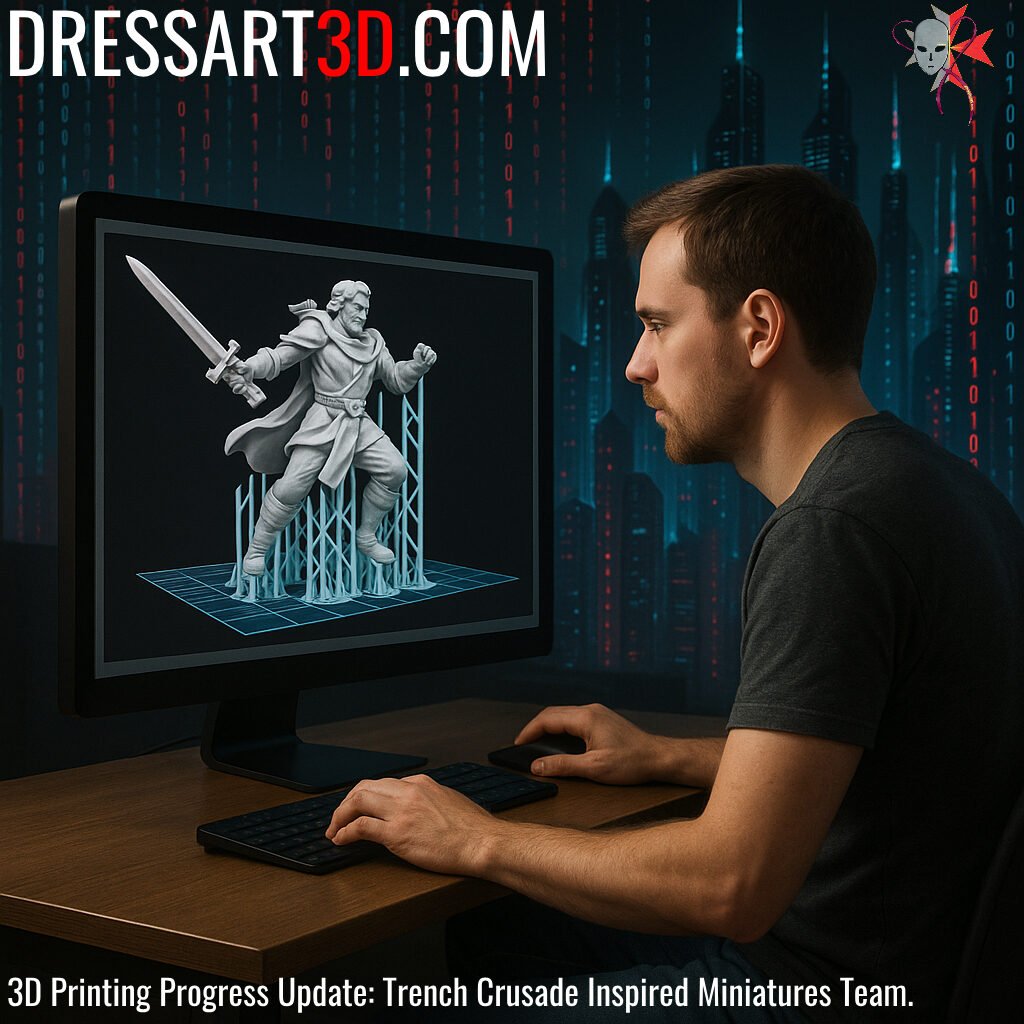
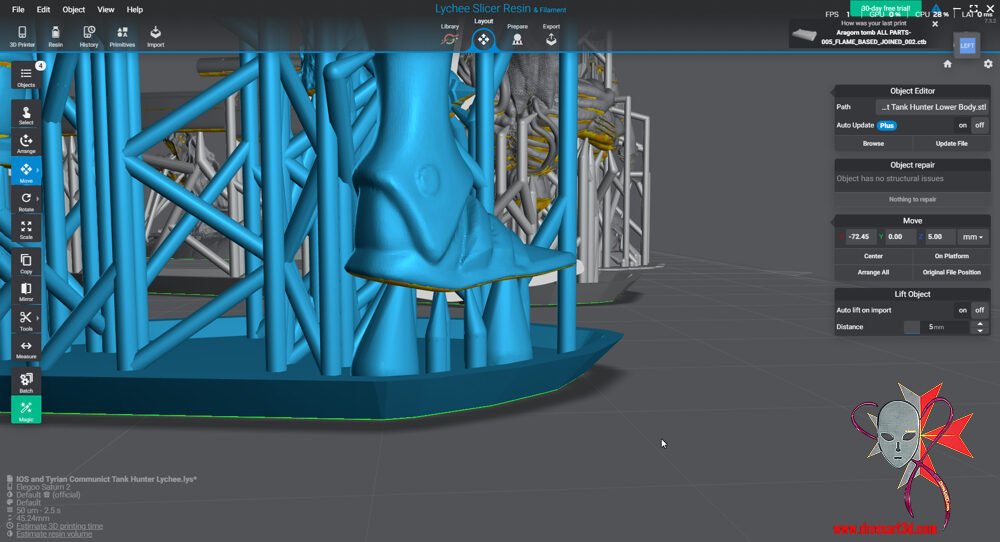

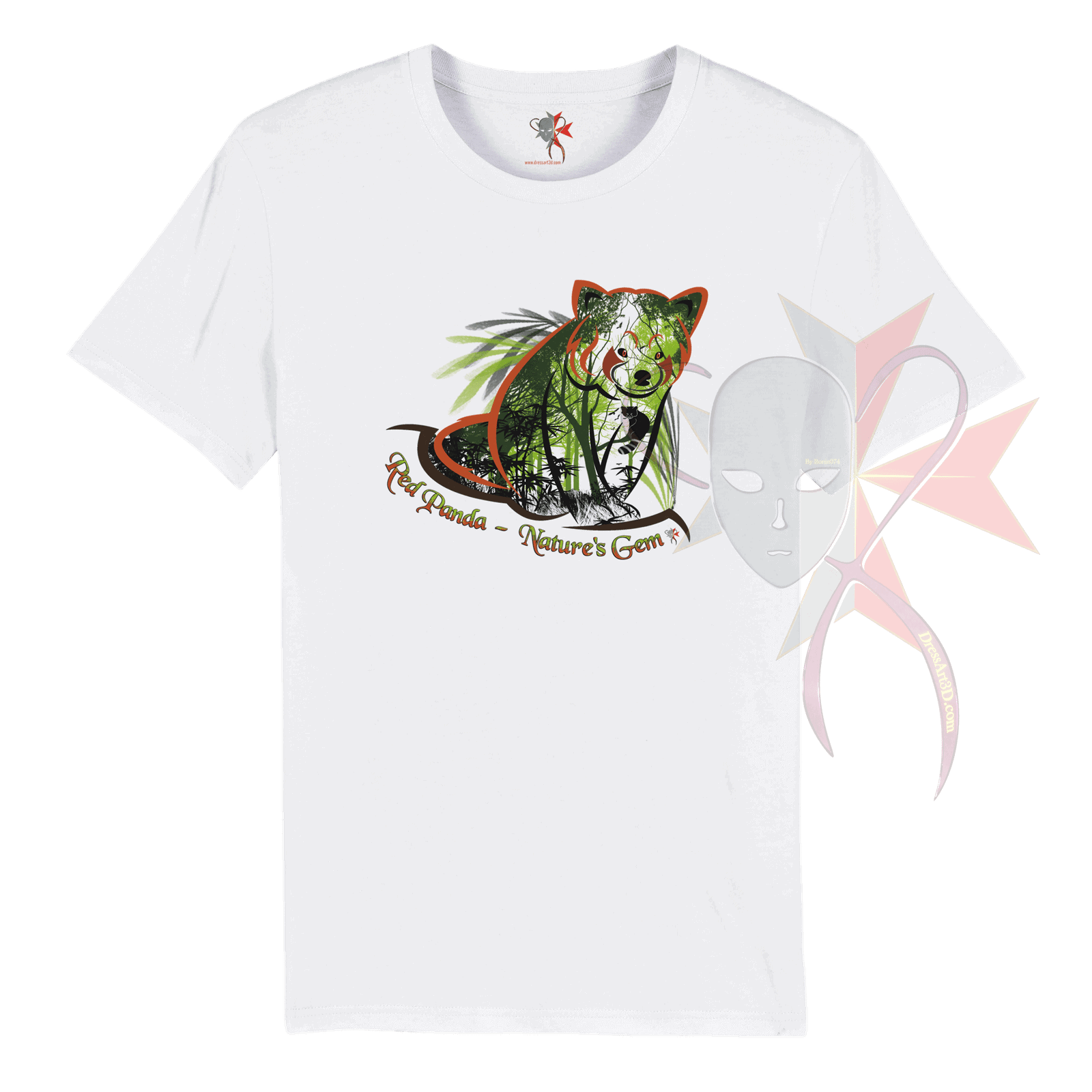

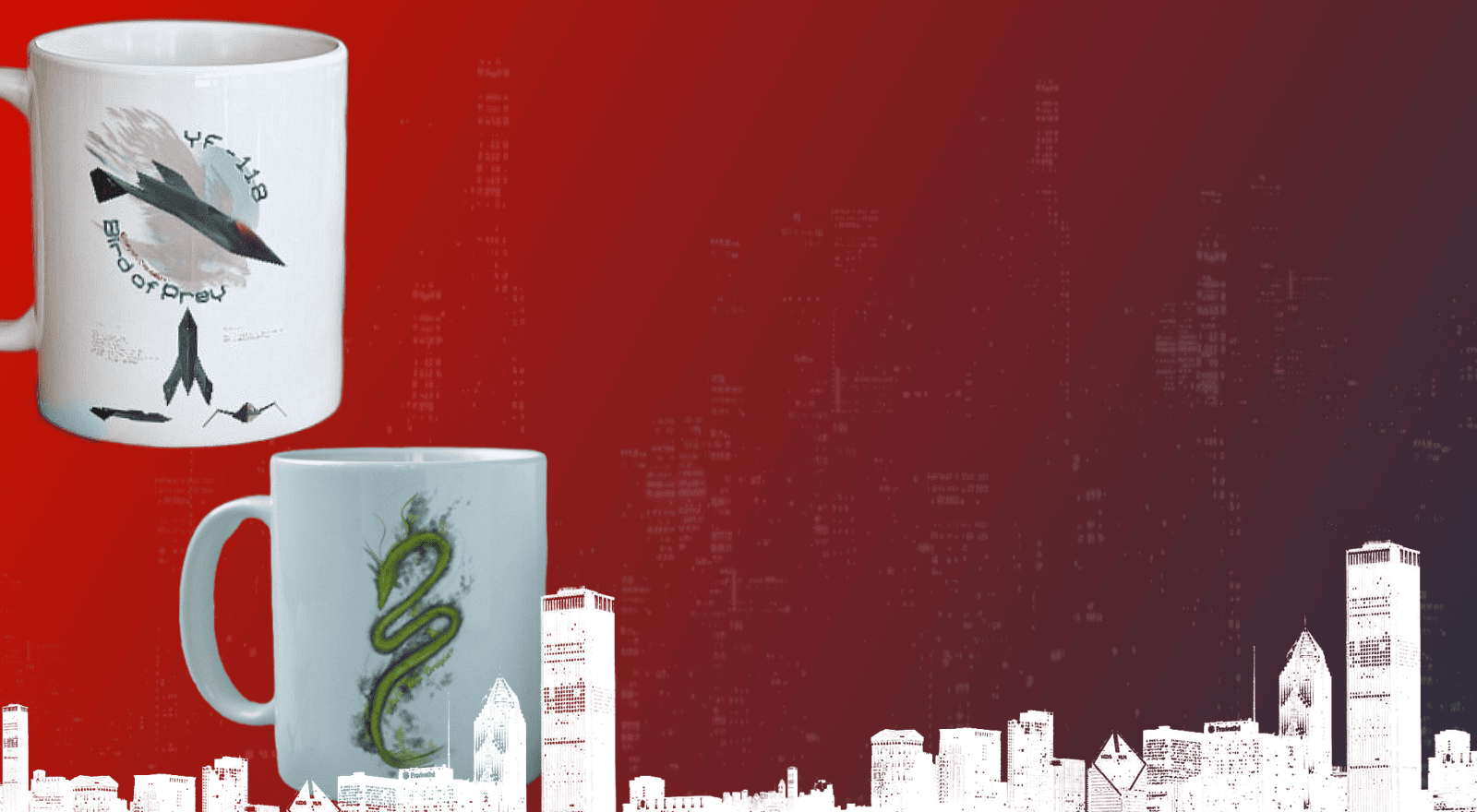
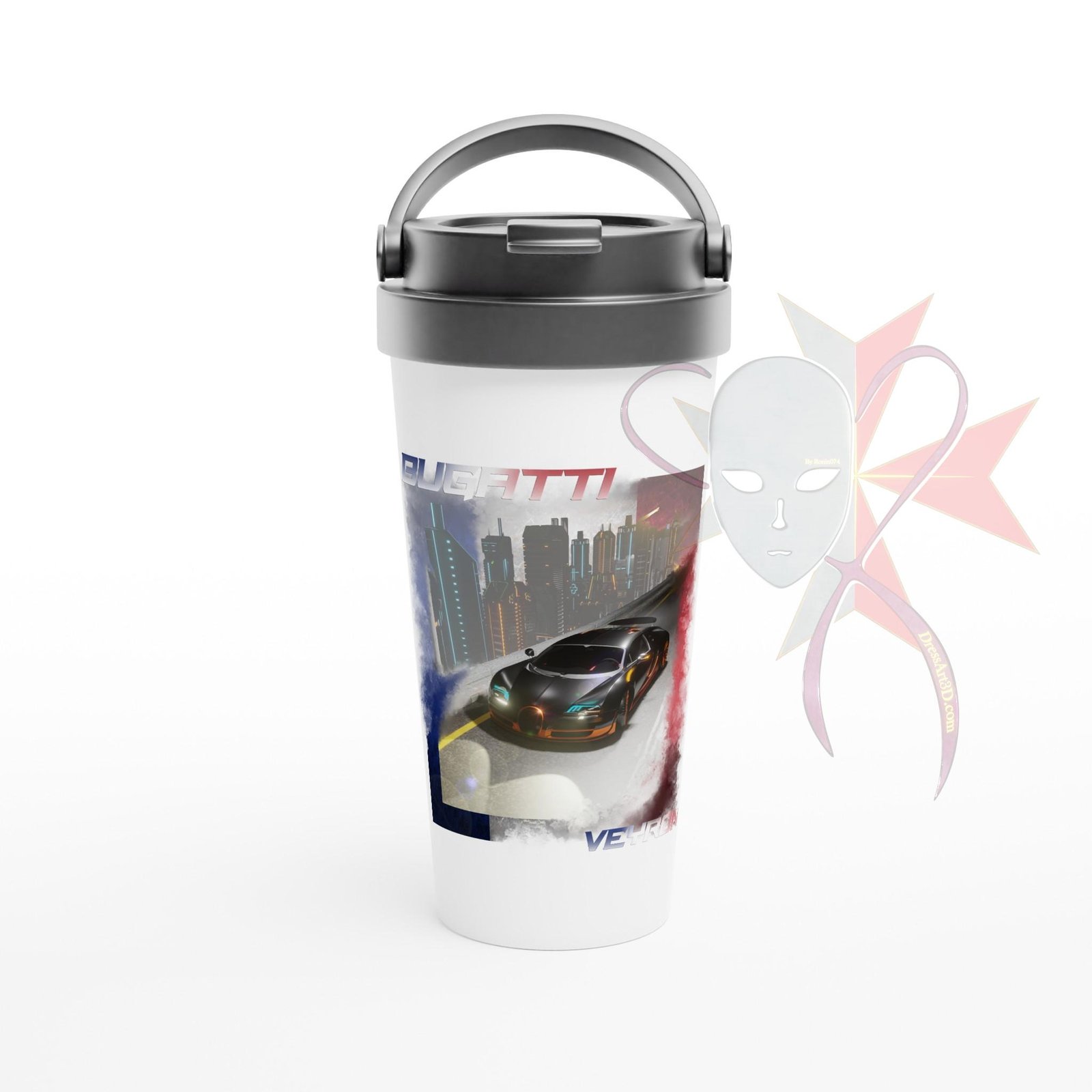
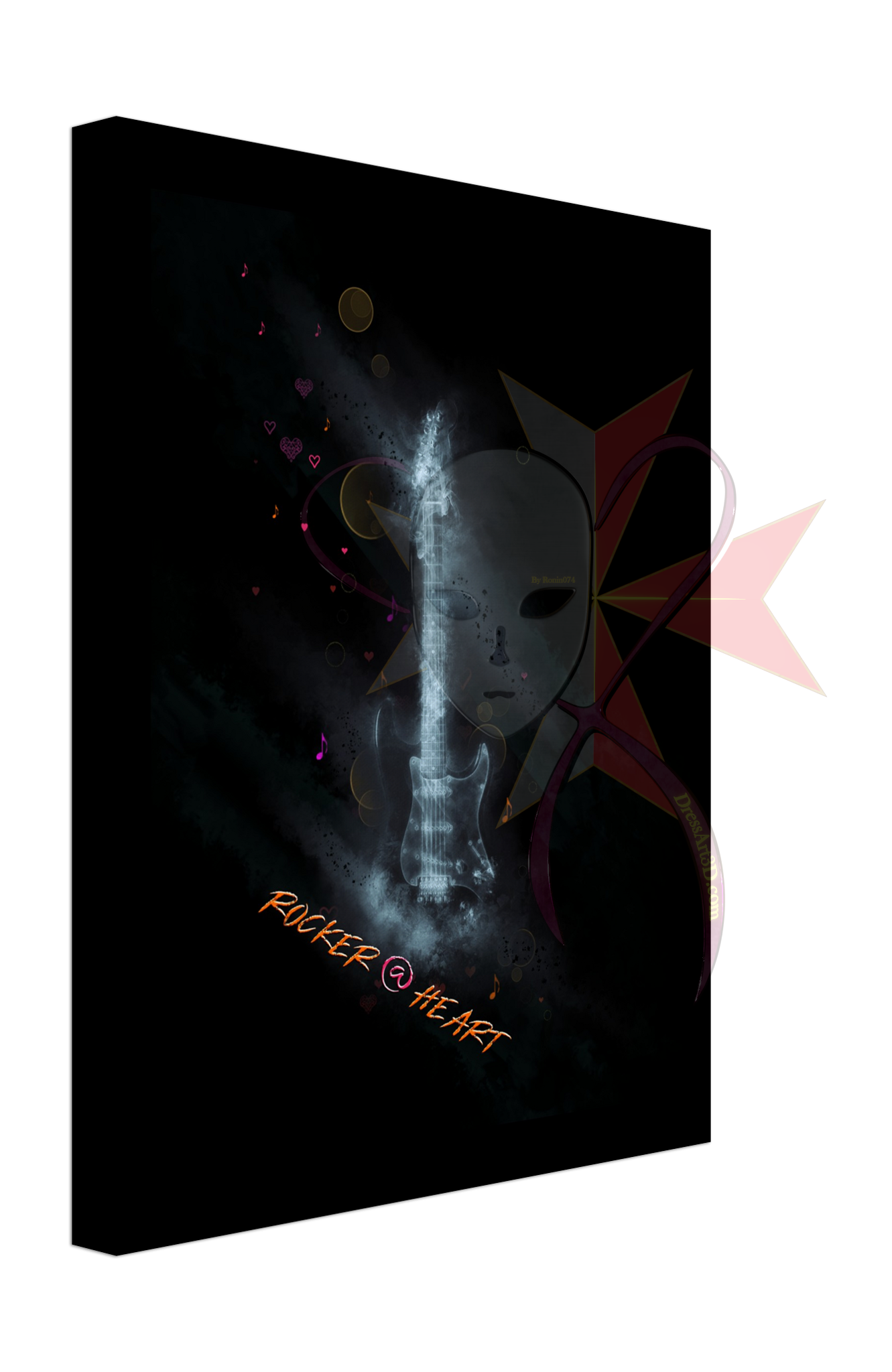

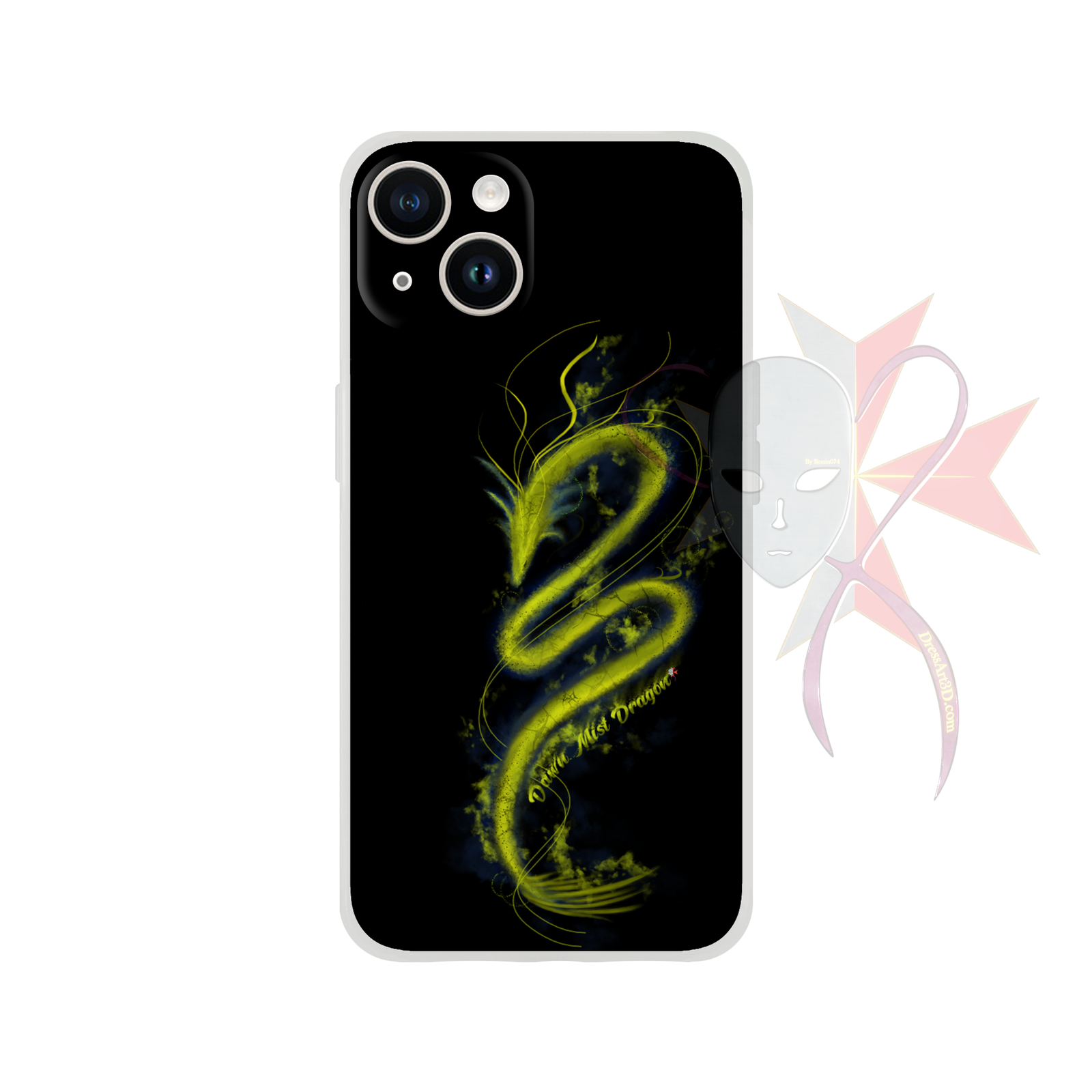
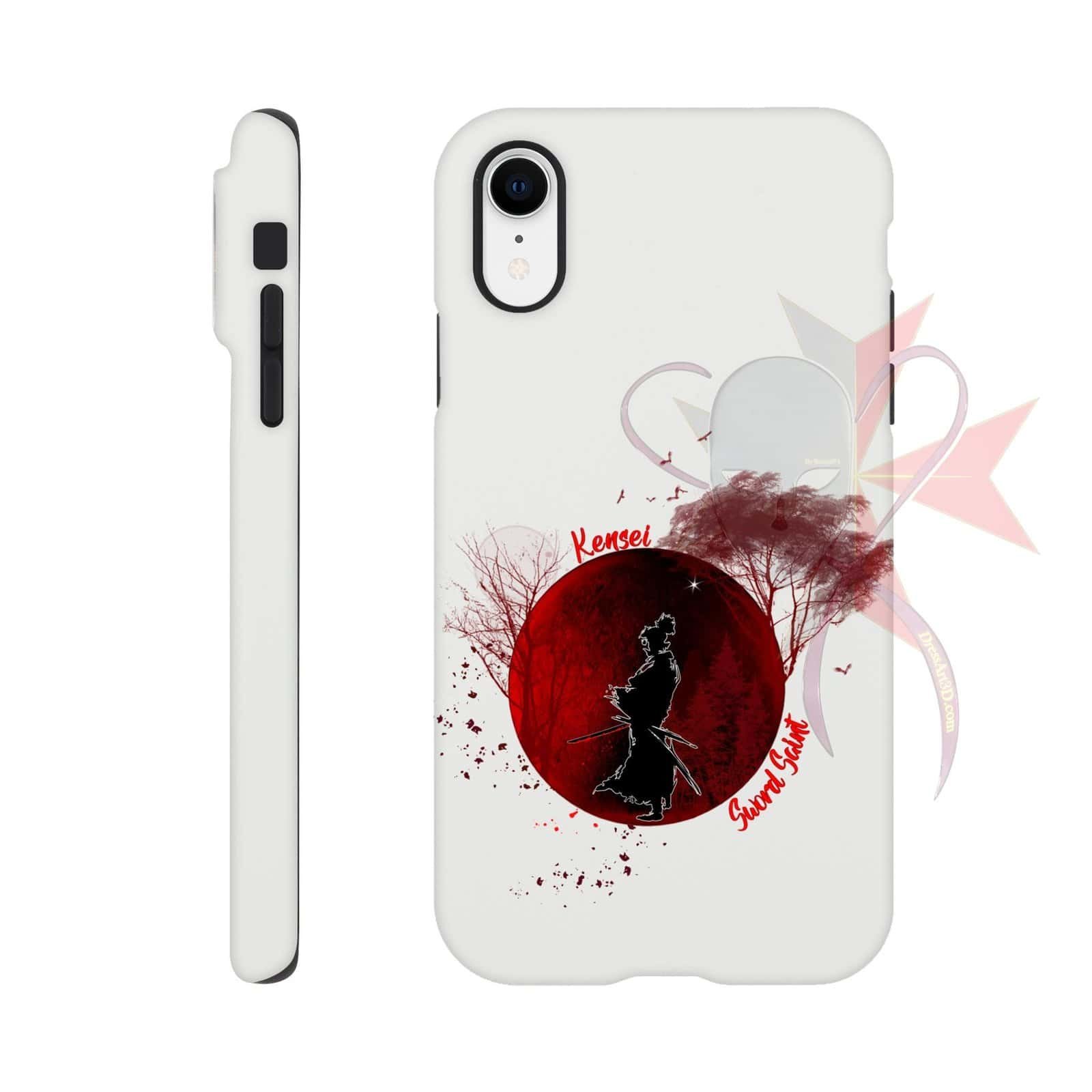
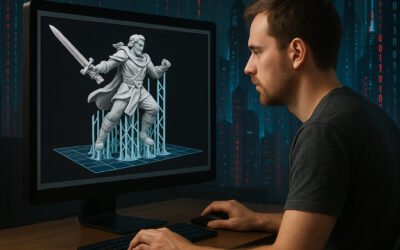
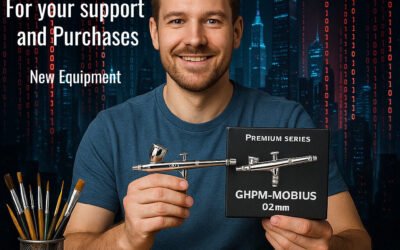
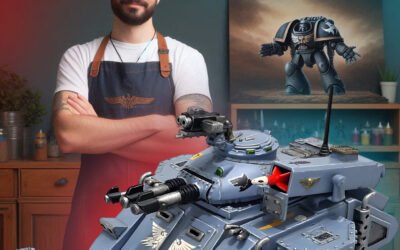
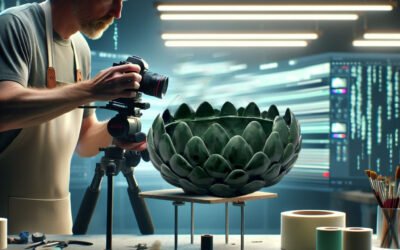


Incredible work on this Restoration Commission! Do you always use matte white primer, or does it depend on the project?
Generally the first coat is always white because it helps me spot defects. The coats after depend of what is going to be painted.
Your attention to detail is fantastic! Did you use wet sanding for the final finish?
Yes I do use wet sanding especially if I am working in an enclosed space and know that the sanding process will create a lot of fine dust.
The smooth transition between the restored parts and the original is stunning. Great work!